MONDAY, AUGUST 10, 2020 SIX WOMEN ARTISTS


Monday, August 10th, 2020
Our 126th Edition
MORE TREATS FROM THE PAST
Steel and Sky:
Views of New York City
as Seen by
SIX WOMEN ARTISTS
PEGGY BACON

PEGGY BACON LADY ARTIST 1925
DRYPOINT
THIS IMAGE IS PROPERTY OF THE METROPOLITAN
EXCERPT FROM WIKIPEDIA
PEGGY BACON
From 1915-1920, Bacon studied painting with Kenneth Hayes Miller, John Sloan, George Bellows, and others at the Art Students League. While at the League, Bacon became friends with several other artists. Her circle of friends and acquaintances included Dorothea Schwarcz, Anne Rector, Betty Burroughs, Katherine Schmidt , Yasuo Kuniyoshi, Molly Luce, Dorothy Varian, Edmund Duffy, Dick Dyer, David Morrison, and Andrew Dasburg.
Looking back at her time at the League Bacon said, “The years at the Art Students League were a very important chunk of life to me and very exhilarating. It was the first time in my life, of course, that I had met and gotten to know familiarly a group of young people who were all headed the same way with the same interests. In fact it was practically parochial.”
In 1917, she exhibited two works in the First Annual Exhibition of the Society of Independent Artists (April 10-May 6, 1917). Around 1917 Bacon also became interested in printmaking and taught herself drypoint as there was no one teaching etching at the Art Students League at the time. Bacon’s first caricature prints were featured in single-issue, satirical magazine Bad News, which was published by Bacon and her fellow art students in 1918. Drypoint was Bacon’s primary medium until 1927, and pastels until 1945
.Athough Bacon had trained as a painter, she eventually became famous for her satirical prints and drawings. Her caricatures were first published in a single issue spoof, entitled Bad News. Her early portrait caricatures in Bad News, like her early drypoints, depended upon a hard, controlling outline, filled in with shading or an obscure pattern. The intensity of the hues, the highly selective and organized palette, and her visually satisfying compositions all contribute to the high quality and formal aspects that distinguish Bacon’s pastel portraits from others. Bacon was also featured in solo shows in prominent galleries such as; Stieglitz’s Intimate Gallery, the Weyhe Gallery, and the Downtown Gallery. In the summer of 1919, Bacon studied with Andrew Dasburg, in Woodstock, New York.
That same summer she was engaged to American painter Alexander Brook and the two married on May 4, 1920.[8] After marrying, Bacon and Brook moved to London for a year, where their daughter, Belinda, was born When they returned, the family divided their time between Greenwich Village and Woodstock, New York, two vibrant artist communities.
In 1922 a son, Sandy, was born in Woodstock. In 1940, Bacon and her husband divorced. Bacon was a very prolific artist. In 1919, at the age of 24, she wrote and illustrated her first book, The True Philosopher and Other Cat Tales.[9] She went on to illustrate over 60 books, 19 of which she also wrote, including a successful mystery book, The Inward Eye, which was nominated for an Edgar Allan Poe award in 1952 for best novel. Bacon’s popular drawings appeared in magazines such as The New Yorker, New Republic, Fortune, and Vanity Fair and she exhibited in galleries and museums frequently.[6] Bacon had over thirty solo exhibitions at such venues as Montross Gallery,
Alfred Stieglitz’s Intimate Gallery, and the Downtown Gallery. In 1934 Bacon was awarded the Guggenheim Fellowship for creative work in the graphic arts.[11] During her time as a fellow she completed 35 satirical portraits of art world figures for a collection called Off With Their Heads!, which was published that same year by Robert M. McBride & Company.[6] In 1942 she was granted an award from the American Academy of Arts and Letters and in 1980 the Academy awarded her a gold medal for her lifelong contribution to illustration and graphic art.[ In 1947, Bacon was elected into the National Academy of Design as an Associate member, and became a full member in 1969. In December 1975, the National Collection of Fine Arts, now the National Museum of American Art, honored Bacon with a yearlong retrospective exhibition titled, “Peggy Bacon: Personalities and Places.” In addition to her artistic career, Bacon taught extensively during the 1930s and 1940s at various institutions, including the Fieldston School, the Art Students League, Hunter College, the Corcoran Gallery in Washington, D.C., and summers at the School of Music and Art in Stowe, Vermont.
For more images see:
https://americanart.si.edu/artist/peggy-bacon-195
ELIZABETH OLDS

ELIZABETH OLDS HARLEM RIVER BRIDGE 1940
SCREENPRINT ON PAPER
EXCERPT FROM WIKIPEDIA
ELIZABETH OLDS
Olds’s art was first documented in her high school yearbook, featuring a cartoon sketch of a goose at tea. She studied Home Economics and Architectural Drawing at the University of Minnesota from 1916-1918, and received a scholarship to study at the Minneapolis College of Art and Design from 1918-1921. In 1921, Olds received another scholarship to study at the Art Students League of New York where she studied under George Luks.
The early style of Olds reflects Luks’s influence on her art. The pair experimented with the style and themes of the Ashcan school, visiting the Lower East Side of New York to observe the exotic urban immigrant During the summers from 1923-1925, Olds was invited to the circles of The Roots and their friends and the Percy Saunders of Clinton, New York. In 1925, with the help of Elihu Root and some bankers, Olds was funded to travel to France. While in France, she observed and sketched the famous circus family, the Fratellini family, and their show, “Cirque d’Hiver.”Olds later joined the troupe as a trick bareback rider.
In 1926, Olds became the first woman awarded with the Guggenheim Fellowship, and was granted further travel in Europe
Two Boys, a painting by Elizabeth Olds for the United States Works Progress Administration Olds was fairly sheltered from the Great Depression when she returned to the U.S. in 1929. In 1932, Olds viewed José Clemente Orozco’s nearly finished murals at Dartmouth College, and was inspired by his expressive use of form and political themes.[6] The same year, she moved to Omaha, Nebraska to paint portraits of the family of Samuel Rees, a local industrialist. Olds completed the project, but she became frustrated with the monotony of painting portraits. At the same time Olds was studying the basics of lithography at Rees’s printing business.
From 1933-1934, Olds was invited to join the Public Works of Art Project (PWAP) in Omaha. Under the PWAP, Olds created a series of lithographs featuring the bread lines, shelters, and clinics of the Great Depression. Olds’s break from portraiture was fruitful as she developed her style and content, which like Orozco’s murals, used broad, expressive lines and portrayed political themes.[7] Later, Olds studied at a meat packing plant, which inspired her ‘’Stockyard Series’’.\ “Sheep Skinners,” one of the ten black-and-white lithographs, was exhibited in 1935 in the Weyhe Gallery in New York as one of the “Fifty Best Prints of the Year.”
From 1935 until the early 1940s, Olds was a nonrelief employee for the Works Progress Administration-Federal Art Project (WPA-FAP) in the Graphic Arts Division in New York,[9] where she helped younger artists in the silkscreen unit She also joined the American Artists’ Congress, Artists Union, and other groups with similar interests. Olds became friends with Harry Gottlieb, another nonrelief artist who also focused on industrialism. Together, they observed the mining and steel industries of New York, and their research lead to Olds’s creation of her award-winning print, “Miner Joe.” Olds used both silkscreen and lithography for the prints for ‘‘Miner Joe,’’ but it was her lithograph that won first place for the Philadelphia Print Club competition in 1938. Olds and Gottlieb experimented with silkscreen printing as a fine arts medium.[They accomplished this with a few other artists in the silkscreen unit of the Graphic Arts Division of the WPA-FAP in New York. From 1939 until 1941, Olds and Gottlieb opened and ran the independent Silk Screen School for students interested in learning the newest printmaking technologies. or Prints Under $10. The show was organized as a vehicle for bringing affordable fine art prints to the general public.Olds submitted and reproduced 10 prints in The New Masses in 1936 and 1937, a leftist magazine at the time.[8] In the United American Artists under the Public Use of Art Committee,
Olds and other artists worked to produce murals along New York City Subway walls, but the murals were never installed.[15] Olds’s art reflected her leftist political views, but also her social and political awareness at the time. As a WPA-FAP employee, Olds’s prints were intended to go to the government for their purposes, but she selectively sent her leftist prints to George C. Miller, an independent lithographer.
For More Images:
https://americanart.si.edu/artist/elizabeth-olds-3618?page=2
GRACE ALBEE

GRACE ALBEE THE STORM-OLD CHELSEA DISTRICT 1946
WOOD ENGRAVING ON PAPER
Albee was born in Scituate, Rhode Island to Henry Cranston Arnold and Susanne Arabella Thurston. Despite her father’s resistance towards her artistic creativity, Albee was awarded two Saturday Scholarships to the Rhode Island School of Design (RISD) during her high school education at Providence, Rhode Island between 1906 and 1907. She entered the Rhode Island School of Design in 1910 and graduated in 1912.[2] At RISD, Albee enrolled in the Department of Freehand Drawing and Painting, where she was recognized for her artistic achievements.
Additionally, Albee learned the basics of woodcutting that would later lead to her artwork in printmaking. She married muralist Percy F. Albee on May 10, 1913 and gave birth to five sons over a period of nine years. Despite her role as a mother, Albee successfully balanced her time between her art and her domestic affairs. Albee began making relief prints in 1915 when she and Percy created a staged puppet show called “Percy F. Albee Marionettes.” Albee crafted posters made from large linoleum in order to promote the show, which toured for the next eight years around Providence before permanently setting down in their house on Benefit Street. These earlier prints depicted the show’s marionettes during performance. From 1915 to 1919, Albee entered a short four-year hiatus from art to focus on motherhood.
Shift to Lithography (Linocuts)- 1920s In 1919 Albee returned to art and created one of her earliest linocuts “The Bath” (1919) and “In the Studio, Percy Albee” (1922). Additionally, the print “A Kitchen Window” was created as well. Besides large-scale prints, Albee also used linocuts to craft Christmas cards titled “Greetings from 102 George Street” (1921.) In the 1920s, Albee’s husband began focusing on arts involving linocuts, during which Albee was allowed to further experiment in her own lithography.
Because of her husband’s interest, Albee was able to showcase her work in block-printing without seemingly interfering with her husband’s own artist career. In 1923 Albee submitted her works “In the Studio,” “The Bath”, and “A Kitchen Window” to the Providence Art Club’s Nineteenth Annual Exhibition of Little Pictures (All of her works were on sale for ten dollars.) Additionally, Albee and her husband experimented in printing colored linoleum blocks on silk, which gained them recognition from the Providence Journal in 1926. The collaborated works consisted of multi-colored, tapestry-like hangings that measured several feet in height and length. The technique required from Albee’s husband a year of practice so the color from the ink would not flake, fade, smear, or bleed into the silk.
These works included a displayed image of “Grand Turk” (the American privateer from the War of 1812), a large map depicting the battle of Rhode Island in 1778, and a tapestry titled “Perch”. All the designs were cut by Albee herself. The tapestries were exhibited at the Providence Art Club in 1927 under Grace Albee’s name (not Percy Albee.). In 1927 Albee was recognized by the Providence Art Club for her twelve linocuts. She was praised for her expert technique and her handling in relief cutting. Eleven of these linocuts showcased the landscape and fishing industry of Rockport, Massachusetts. The twelfth print was a portrait of her husband Percy Albee. On March 1928 Albee left for Paris, France with her family, printing before she left “Old Providence” and “To Each His Own.” While abroad, Albee further developed her interest in depicting urban and rural landscapes in her engravings. From 1928 to 1929 Albee studied at the Institut d’Esthétique Contemporaine
During her five years in Paris Albee created and exhibited her works at several Paris Salons, where they were met with positive reviews. In 1932 Albee held her first one-woman exhibition at the American Library in Paris, exhibiting her works by themselves rather than next to her husband’s as she had done in the U.S. While in France, Albee associated with fellow expatriate artists including Norman Rockwell and engraver Paul Bornet. 1930s-40s Albee and her family returned to the United States in the 1933 and lived in New York City where she continued to produce prints. Her prints during her time in New York depicted the city’s architecture.
Her linocut “Contrast-Rockefeller Center” (1934) depicted one of the city’s Gothic churches placed dramatically in the foreground of the city’s skyscrapers. In 1937, Albee and her family moved to Doylestown, Pennsylvania and her prints switched back to rural subjects, such as stone houses and farms. In 1946 she produced the linocut “The Boyer Place” which pictured the farm scape of Pennsylvania.[5] In 1937 Albee received first place for her print “Housing Problems” at the Fifteenth Annual Exhibition of American Prints at the Philadelphia Art Alliance.
In 1942 Albee was elected into the National Academy of Design in New York City as an Associate member and made a full member in 1946.[5] In 1976, eighty of Albee’s works were displayed in the Brooklyn Museum. Albee was also a member of the Society of American Graphic Artists. 1960s
For More Images:
https://americanart.si.edu/artist/grace-albee-44
ISABEL BISHOP

ISABEL BISHOP ON THE STREET 1931
ETCHING ON PAPER
Isabel Bishop
Her preferred subjects were nudes, interiors, and urban landscapes—often Union Square in New York City—inhabited by shoppers and working people. She was a member of the Fourteenth Street School of social realist painters, which included Kenneth Hayes Miller, Reginald Marsh, Morris Kantor, and Moses and Raphael Soyer.
Hoping to become an illustrator, Bishop came to New York in 1918 and enrolled in the School of Applied Design for Women. In the early 1920s she transferred to the Art Students League to study painting with Kenneth Hayes Miller and Guy Pène du Bois. In 1934 she leased a studio at Union Square, where she observed and recorded the everyday activities of the derelicts and working-class people of the city. Subject matter was always important to Bishop, and she studied Mantegna, Piero della Francesca, and Chardin for their ideas of structure and composition.
By the 1930s, her impeccably drawn figures brought Bishop recognition as one of the outstanding urban realists of the “Fourteenth Street School,” a loosely affiliated group named for the area where Bishop, Reginald Marsh, and the Soyer brothers, among others, lived and portrayed the local scene. In later years Bishop turned from painting the female nude, a primary theme during the 1950s and 1960s, to portraying groups of figures in motion.
Bishop established a studio in Union Square in Manhattan, and worked there for the rest of her life, commuting every day from her home in Riverdale. She created paintings that show the ebb and flow of life on the streets of New York as seen from her fourth-story window. Her images capture fleeting moments of people walking and chatting, which she described as “never heroic, never in the ‘grand manner.’” (Lunde, Isabel Bishop, 1975)
For More Images:
https://americanart.si.edu/artist/isabel-bishop-427
KYRA MARKHAM

KYRA MARKHAM WELL MET IN THE SUBWAY 1937
LITHOGRAPH ON PAPER


Kyra Markham (1891–1967) was an actress, figurative painter and printmaker. Markham was briefly married to the architect Lloyd Wright, and five years later, married the scenographer David Stoner Gaither. She worked for the Federal Arts Project, creating works of social realism that documented American life in the 1930s.
During World War II, her art was focused on the propaganda effort against the Nazis. She studied drawing at the Chicago Art Institute from 1907 to 1909, and subsequently worked as a muralist and printmaker. In addition to her work as an artist, Markham was an accomplished actress. She appeared with the Chicago Little Theater from 1909 to the 1920s, with the Provincetown Players from 1916, and in movies in Los Angeles. She lived with the author and playwright Theodore Dreiser in Greenwich Village from 1914-1916, helping him with his writing, editing, and typing. Through Dreiser she became acquainted with H.L Mencken, Edgar Lee Masters, and other writers. Due to Dreiser’s womanizing tendencies, Markham left him in 1916 and moved to Provincetown to escape his desperate pleas of reconciliation. While there, Markham continued acting alongside George Cram Cook, Susan Giaspell, and Eugene O’Neill, who founded the Provincetown Playhouse
During this early stage, Markham supported herself by making bookjackets and illustrations, and later working as an art director for film companies like Fox and Metro. In 1922 she married the architect Lloyd Wright and briefly had Frank Lloyd Wright as a father-in-law.[
In 1927, she married David Gaither and collaborated with him on the set design for a children’s play, The Forest Ring, staged at the Roerich Museum Theatre in 1930. Gaither encouraged Markham to pursuit “her first love, painting.”[3] Markham returned to the Art Students League in New York City in 1930, where she studied with Alexander Abels. Before the stock market crash, Markham was a successful bathroom muralist. From the 1920s until the Depression she obtained commercial commissions from clubs and restaurants.
During the 1930s, Markham’s artistic career began to gain momentum, regularly winning prizes for her lithographic work.In 1934, Markham organized her first solo exhibition in Ogunquit, Maine, featuring prints, murals and lithographs.[4] Markham created works of social realism depicting street beggars, musicians, actors and scenes from department stores. In recognition of her work, Markham received the prestigious Mary S. Collins Prize at the Philadelphia Print Club’s annual exhibition the following year for her lithograph Elin and Maria (1934).[3] Markham sold work to the Whitney Museum of American Art, the Library of Congress and the Metropolitan Museum of Art.
From 1935 to 1937, she worked in the Graphic Arts Division for the Federal Arts Project, a New Deal program designed to provide employment for artists during the Depression. The Hall of Inventions at the 1939 World’s Fair in New York included 40 dioramas by Markham. During World War II she created propaganda satirizing the Nazis and promoting patriotism at home. In 1946 Markham and Gaither moved to Halifax, Vermont.
Markham stopped making prints after moving to her new Vermont farm, but continued to work in more accessible mediums such as painting and drawing.[8][7] She was a member of the Southern Vermont Artists Associated and participated in their annual exhibitions in Manchester.
Over the next twenty years she sold her designs to a postcard company, American Arts, Inc., and had her prints published in prestigious publications. Markham also worked as an illustrator for Children’s books during this time.Markham moved to Port-au-Prince in Haiti as a widow in 1960. She was still enthusiastic for her work, and her later work reflected Markham’s new home.[4] While living in Haiti, Markham continued to paint and established a salon for local celebrities, American expatriates, and island visitors.[Markham died in Port-au-Prince, Haiti in 1967.
For More Images:
HELEN GERARDIA

HELEN GERARDIA ELEVATED STATION 1952
LITHOGRAPH


Helen Gerardia, Russian/American (1903-1988) An early Russian / American Modernist artist and painter, Helen Gerardia was born in Ekaterinislav (Russia) in 1903 and died in New York City in 1988. Gerardia studied at the Brooklyn Museum school and at the Art Students League of New York. Helen Gerardia is one of the important and influential early American Constructionist / Modernist artists. From 1967-1969 Helen Gerardia was president of the American Society of Contemporary Artists. Various exhibitions in the Bodley Gallery (NY) between 1957 and 1972. Helen Gerardia’s work is on display in many Museums among which the Miami Museum of Modern Art, The Jewish Museum (New York), The Museum of Modern Art (MoMA, NY), the Whitney Museum of Art (Illinois). Some of her work is part of the Smithsonian Archives of American Art.
For More Images:
https://americanart.si.edu/artist/helen-gerardia-1779
MONDAY PHOTO OF THE DAY
IDENTIFY THIS
SEND ENTRY TO ROOSEVELTISLANDHISTORY@GMAIL.COM
WIN A KIOSK TRINKET

WEEKEND PHOTO
This equipment is like its predecessors, great cloth lines, park benches and works of art. I have seen guys using the stuff by Octagon Field, but none of the stuff by Cornell Tech……..JAY JACOBSON, NANCY BROWN AND SHELLY BROOKS GUESSED IT

A NOTE FROM A NEIGHBOR

Hi Judy, Your August 6 edition of the newsletter was a knockout! The artwork terrific! Harry Scheuch’s “Finishing the Cathedral of Learning,” struck a deep chord in me because it’s the building where I taught linguistics courses for nineteen years (that building is part of the University of Pittsburgh, and is an iconic feature of the Pittsburgh city scape). From my 12th floor office I looked out onto the main branch of the Carnegie Library, the Carnegie Museum of Art, and Schenley Park (the nearest equivalent of NY’s Central Park). While the views from all the office windows were striking, the building had the disadvantage of not having air-conditioning, and in the years that I taught there, the outside of the building was black with grime from the soot of the city’s steel mills. But soon after I moved away, the University paid $1 million to have the stone exterior power cleaned, and to everyone’s surprise, it ended up dazzlingly white. Leaving Pittsburgh was painful, it’s such a special city.
Susan Berk Seligson
NEW FEATURE
FROM OUR KIOSK
GREAT STUFF FOR ALL OCCASIONS

“F” TRAIN MODELS $16-
FACE MASKS $25-
KIOSK IS OPEN WEEKENDS 12 NOON TO 5 P.M.
ORDER ONLINE BY CREDIT CARD ROOSEVELTISLANDHISTORY@GMAIL.COM
Text by Judith Berdy Thanks to Bobbie Slonevsky
for her dedication to Blackwell’s Almanac
Thanks to Deborah Dorff for maintaining our website
Edited by Melanie Colter and Deborah Dorff
All materials in this publication are copyrighted (c)
ARTICLES AND PHOTOS ARE FROM
WIKIPEDIA
SMITHSONIAN AMERICAN ART MUSEUM
MATERIAL COPYRIGHT WIKIPEDIA, GOOGLE IMAGES, RIHS ARCHIVES AND MAY NOT BE REPRODUCED WITHOUT PERMISSION (C)
FUNDING BY ROOSEVELT ISLAND OPERATING CORPORATION PUBLIC PURPOSE FUNDING
DISCRETIONARY FUNDING BY COUNCIL MEMBER BEN KALLOS THRU NYC DYCD


Copyright © 2020 Roosevelt Island Historical Society, All rights reserved.Our mailing address is:
rooseveltislandhistory@gmail.com

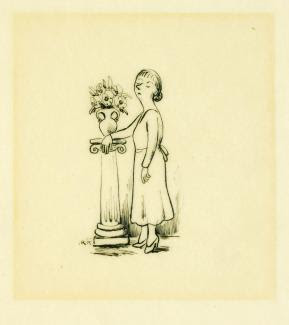
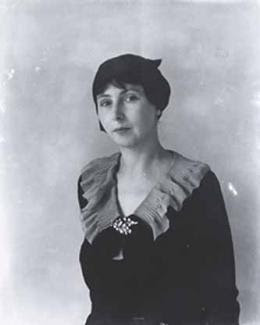
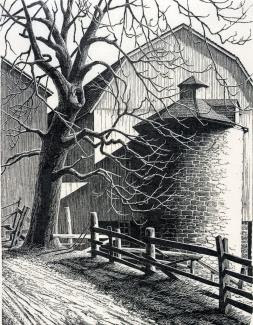
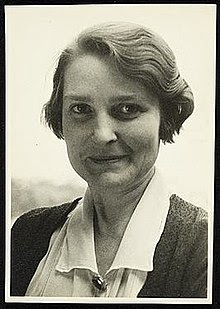
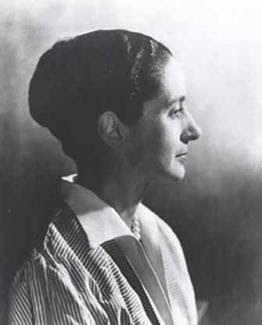
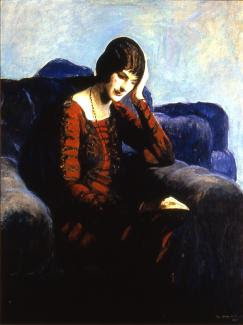
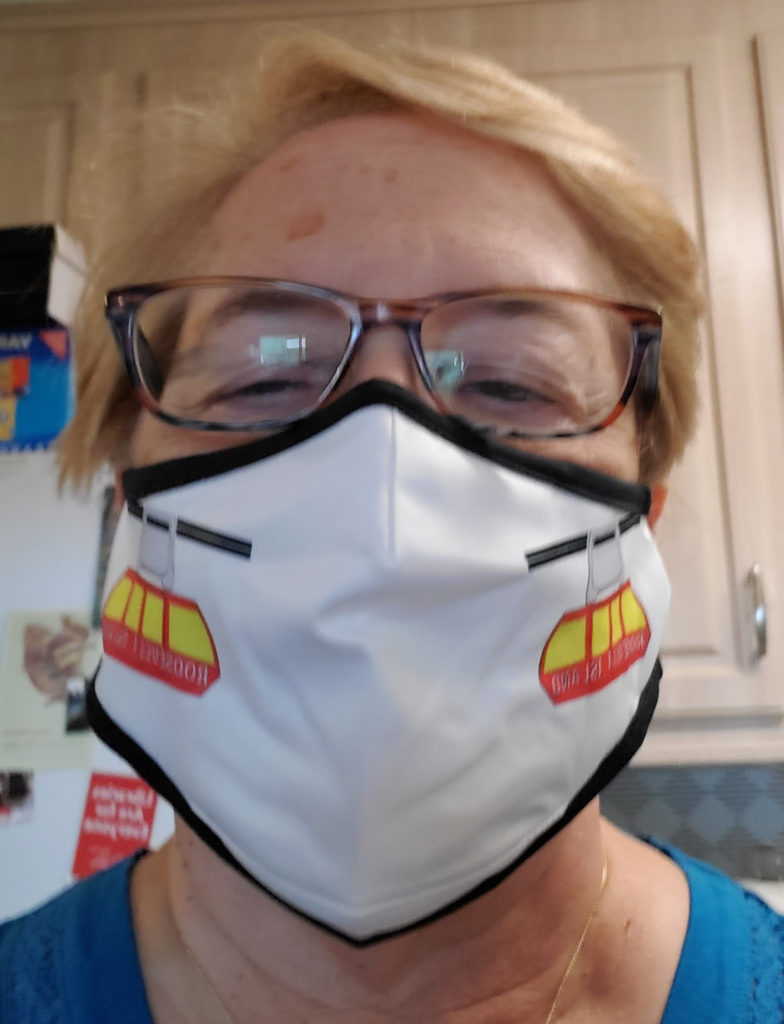
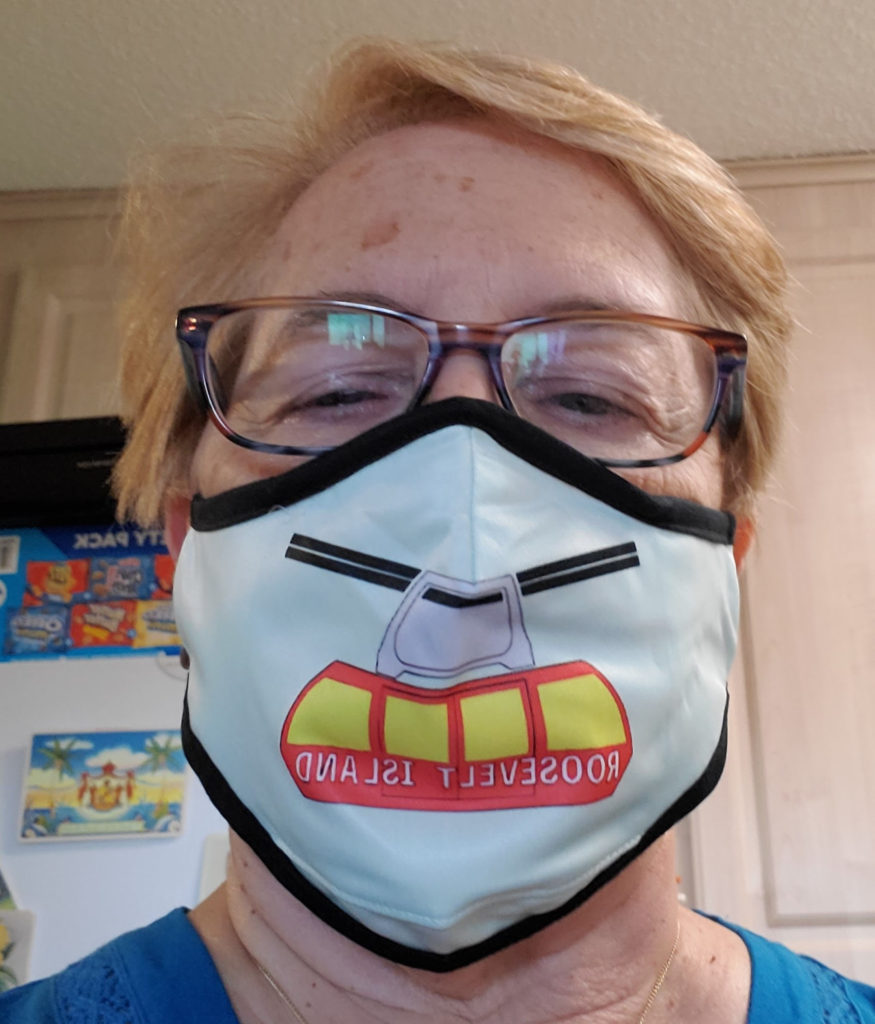
Leave a comment